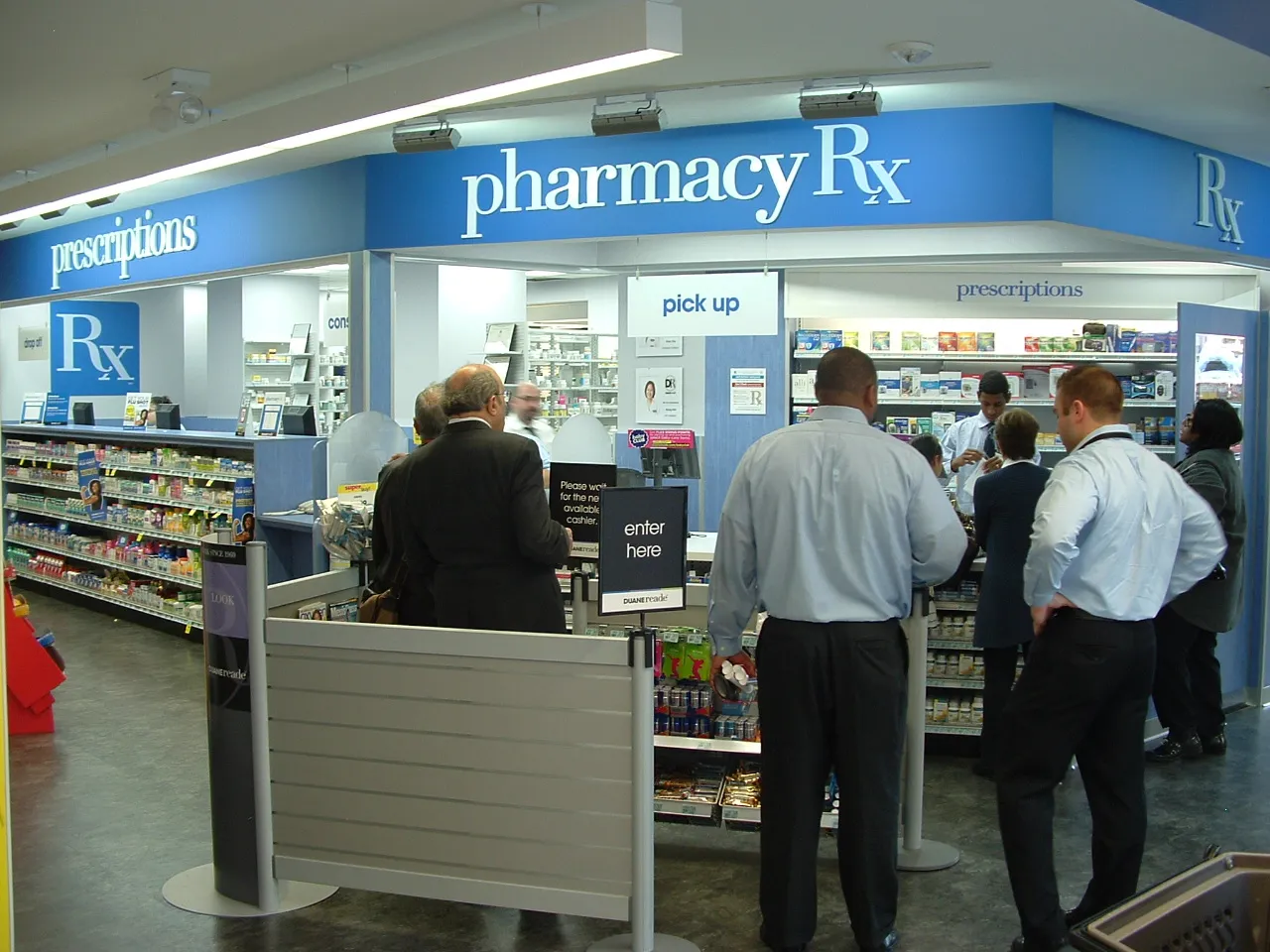Pharmacy is one of the foundational pillars of modern medicine, and many of today’s leading pharmaceutical companies can trace their origins back to a pharmacy entrepreneur. Yet community pharmacy is now at a crossroads.
In the United Kingdom, as in many other developed markets, revenues are capped, competition is more intense and pharmacies are increasingly expected to play a stronger role in managing chronic conditions. Independent pharmacies have long been the backbone of community services but, like post offices before them, they risk becoming obsolete as more nimble or better resourced players shape the market and capture its value.
Jonathan Plimley
Michael Thomas
The debate on the sustainability of community pharmacy is not a new one. While everyone recognizes the vital role that pharmacies play in the delivery of frontline care, the reality is that the economics of community pharmacy are under pressure and the model, particularly for independent pharmacists, is at a tipping point.
Five forces will profoundly shape the future of community pharmacy in the U.K., which is heading for a much needed period of restructuring as it attempts to respond to these forces:
• Squeeze on health care budgets. Despite rising demand and volumes, all indications are that reimbursement will remain flat in real terms. This reflects the pressures on public funding, which stem from the current financial crisis and longer-term pressures on National Health Service (NHS) expenditure as a result of an aging population. The proposed shift from simply dispensing drugs to providing frontline services is unlikely to bring with it net new money and will be financed by a restructuring of the existing settlement.
• Intensifying competition. Pharmacy is a ferociously competitive marketplace. The industry continues to consolidate slowly. With the demise of High Street and the rise of out-of-town shopping, supermarkets are becoming an increasingly competitive force in the pharmacy landscape. In the race for the new 100-hour licenses — aimed at improving access for patients — chains with multiple pharmacies have largely won out.
• Transformation of the supply chain. The nature of innovation is changing and, with it, pharmacy models. Community dispensing is already dominated by commodity generics. This will become even more prevalent as the higher-value biologic therapies that currently dominate industry pipelines move into hospitals, out-patient settings and homes. As manufacturers struggle to make a profit in primary care products, alternative distribution arrangements are being implemented that threaten the wholesalers in the short term and will inevitably impact pharmacies’ buying profits in the future.
• Emergence of new alternative channels. Internet and mail-order pharmacies are gaining strength, and research suggests that the Internet has no age limits. If there is one constraint, it is on the side of commissioners who have been slow to see the Internet’s potential as a way of fulfilling refill scripts. In addition, mail-order pharmacy, supported by regulatory change and sickness fund policies, has grown rapidly in Germany. In the most conservative scenario, these two new channels should account for at least 20% of all volumes. With the rise of the connected consumer, brick-and-mortar pharmacies will not be the only way to deliver service in Great Britain.
• Demand for convenience and expertise. Today’s health consumer wants it all. Whether it is prescription services, personal care products or clinical services, the priority is on expertise, convenience and accessibility.
Where does this threat leave community pharmacy? All five forces will impact the financial performance of pharmacy by reducing its ability to grow buying profits, increasing its cost base or reducing its revenue line.
A.T. Kearney has worked with industry experts to build a model to simulate the impact that these five forces could have on community pharmacies’ profits. Our findings suggest that the combined impact of these forces could result in a 38% decline in the average profitability of a U.K. pharmacy. All pharmacy contractors will have to change to meet the challenge from these forces. Independent pharmacies, in particular, will be severely challenged, with a very real prospect that up to 2,000 outlets could be closed.
To survive, contractors, regardless of size, should consider these two strategies:
• Improve efficiency of supply. To meet rising dispensing volumes within a fixed budget, pharmacies need to improve their efficiency in filling prescriptions by at least 20%. This can happen only with greater-scale economies of operations and investment in dispensing automation. Multiples will need to centralize dispensing within their own networks. Independents will need to rely on wholesalers to deliver central dispensing services, as is the case in the Netherlands, or develop cooperative or joint-partnership models.
• Become the first port of call in the health care system. As dispensing becomes a commodity, pharmacies need to develop a sustainable revenue stream based on monetizing their role in the front line of health care. This may come from nationally and from locally commissioned services.
Overall, there is no doubt that multiples will be in a better position both to achieve scale economies in dispensing and to provide an improved approach to delivering nationally commissioned services. On the other hand, independent pharmacies and smaller regional chains have the unique opportunity to differentiate their positions by tailoring their offerings to local priorities.
Our findings suggest that pharmacies that deliver dispensing efficiencies and strengthen the role of services in their business mix can sustain current profit margins over the medium term. But doing so will require up-front investment and will not be without risk.
Importantly, pharmacists cannot do it alone. Government and regulators must provide an enabling environment, and the profession needs to demonstrate leadership in building the capabilities required in the new model. As seen in Scotland with the development of a new, service-oriented pharmacy model, the Department of Health and the NHS have key roles to play in setting the agenda for change and aligning stakeholders across the spectrum of commissioners, clinicians, pharmacy contractors and patients.
Change will not be easy and will require significant investment and commitment from within and outside the industry. Change may also result in the forced or voluntary exit of some contractors. However, we believe this transformational journey will be one worth starting, as this may well be the last chance pharmacy gets to reinvent itself as a credible contributor to the improvement of the health of the nation, and to ensure its financial survival.
Michael Thomas (michael.thomas@atkearney.com) is a partner and Jonathan Plimley (jonathan.plimley@atkearney.com) is a principal with A.T. Kearney’s Health Practice. Both are based in London.








